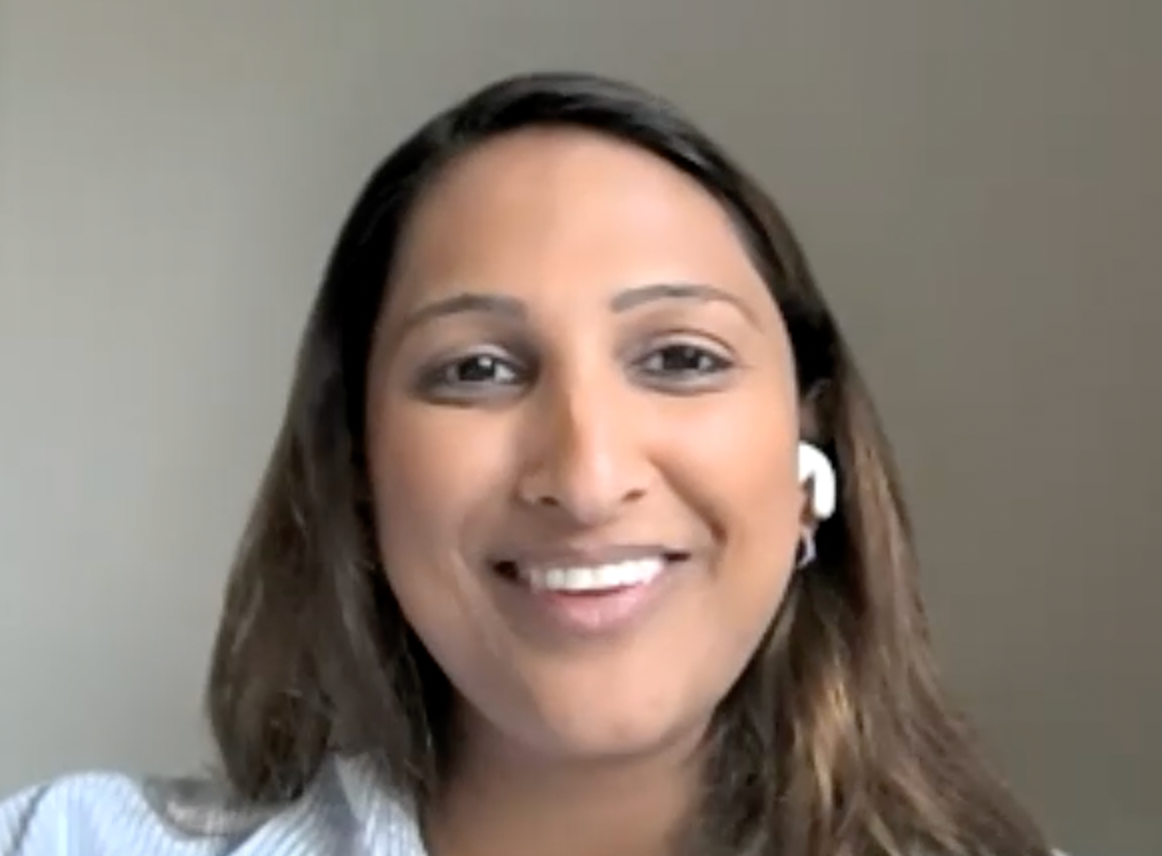- Drug Coverage
- Hypertrophic Cardiomyopathy (HCM)
- Vaccines: 2023 Year in Review
- Eyecare
- Urothelial Carcinoma
- Women's Health
- Hemophilia
- Heart Failure
- Vaccines
- Neonatal Care
- NSCLC
- Type II Inflammation
- Substance Use Disorder
- Gene Therapy
- Lung Cancer
- Spinal Muscular Atrophy
- HIV
- Post-Acute Care
- Liver Disease
- Pulmonary Arterial Hypertension
- Safety & Recalls
- Biologics
- Asthma
- Atrial Fibrillation
- Type I Diabetes
- RSV
- COVID-19
- Cardiovascular Diseases
- Breast Cancer
- Prescription Digital Therapeutics
- Reproductive Health
- The Improving Patient Access Podcast
- Blood Cancer
- Ulcerative Colitis
- Respiratory Conditions
- Multiple Sclerosis
- Digital Health
- Population Health
- Sleep Disorders
- Biosimilars
- Plaque Psoriasis
- Leukemia and Lymphoma
- Oncology
- Pediatrics
- Urology
- Obstetrics-Gynecology & Women's Health
- Opioids
- Solid Tumors
- Autoimmune Diseases
- Dermatology
- Diabetes
- Mental Health
Nearly 2 in 3 telehealth visits involve behavioral health
Patients are choosing virtual care for mental health needs. But telehealth usage in other areas has dropped, suggesting some patients prefer office visits.
Sanjula Jain, chief research officer of Trilliant Health (Photo: Ron Southwick)

Patients seem to be increasingly comfortable utilizing virtual care when it comes to behavioral health.
A new report on healthcare trends from Trilliant Health documents the rise in the usage of telehealth for behavioral health appointments. At the same time, the report shows the substantial drop in telehealth visits overall from the record utilization early in the COVID-19 pandemic.
In the fourth quarter of 2022, behavioral health accounted for nearly two-thirds (62.8%) of all telehealth appointments. That’s a substantial increase from the first quarter of 2020, when 41.8% of all telehealth visits were for behavioral health reasons.
Sanjula Jain, Trilliant Health’s chief research officer, says that patients have demonstrated that they view virtual care as a viable option for their behavioral health needs.
“From an access point of view, we see that the most frequent users of telehealth are using it for behavioral health,” Jain says. “So I think that that trend persists and we just don't see that same level of magnitude for anything else.”
Patients who have built relationships with mental health professionals are likely willing to use telehealth to maintain scheduled visits when they are traveling, Jain says.
The Trilliant report also points to the surge in behavioral health care appointments in general. Behavioral health appointments for anxiety rose about 45% from the first quarter of 2019 to through the 4th quarter of 2022. Appointments for eating disorders and substance use increased substantially in that span, rising 41% and nearly 24%, respectively.
Telehealth advocates cite the value of virtual care in providing access for patients who don’t have easy access to mental health clinicians. Over half of all U.S. counties are without a practicing psychiatrist, according to an analysis by the University of Michigan.
Other research has shown the growing use of virtual care for mental health needs. In an Epic analysis of telehealth use among various types of specialty care, mental health and psychiatry had the largest volume.
Even as more people turn to telehealth for behavioral health, the usage of telemedicine in general has dropped since the peaks since in the early months of the COVID-19 pandemic.
Telehealth visits peaked at 76.6 million visits in the second quarter of 2020, but they dropped to 41.5 million in the fourth quarter of 2022, the Trilliant report notes. That’s a drop of 45.8%.
Patients used telehealth early in the pandemic when that presented the only option to see a doctor in many cases. As patients now have the option of seeing a doctor in person, many are indicating they prefer going to the office, the data suggests.
Nearly half of all patients (49%) who have used telehealth have only done it once, and Jain says that’s telling. Some patients may not have found the experience as satisfying as they’d have liked, or thought they would end up needing an in-person appointment anyway, she says.
Nearly a third (29%) of all telehealth appointments led to an in-person appointment in three weeks for the same reason, according to the report.
Four out of five telehealth users (80%) have utilized virtual care four times or less, the report says.
Jain says she expects to see people continue to take advantage of telehealth for behavioral health visits, but she doesn’t expect to see substantial growth in telehealth in other areas in the foreseeable future.
She points to a previous Trilliant Health report that indicate even at the peak of usage, only about one in four Americans (25.6%) engaged in a telehealth visit in some form during the COVID-19 pandemic.
“If that was the peak utilization, we know the numbers are starting to taper,” Jain says. “What do we think would fundamentally change today to get from that 25% and above?”
Extending the Capabilities of the EHR Through Automation
August 2nd 2023Welcome back to another episode of "Tuning In to the C-Suite," where Briana Contreras, an editor of Managed Healthcare Executive, had the pleasure of chatting with Cindy Gaines, chief clinical transformation officer at Lumeon.
Listen
